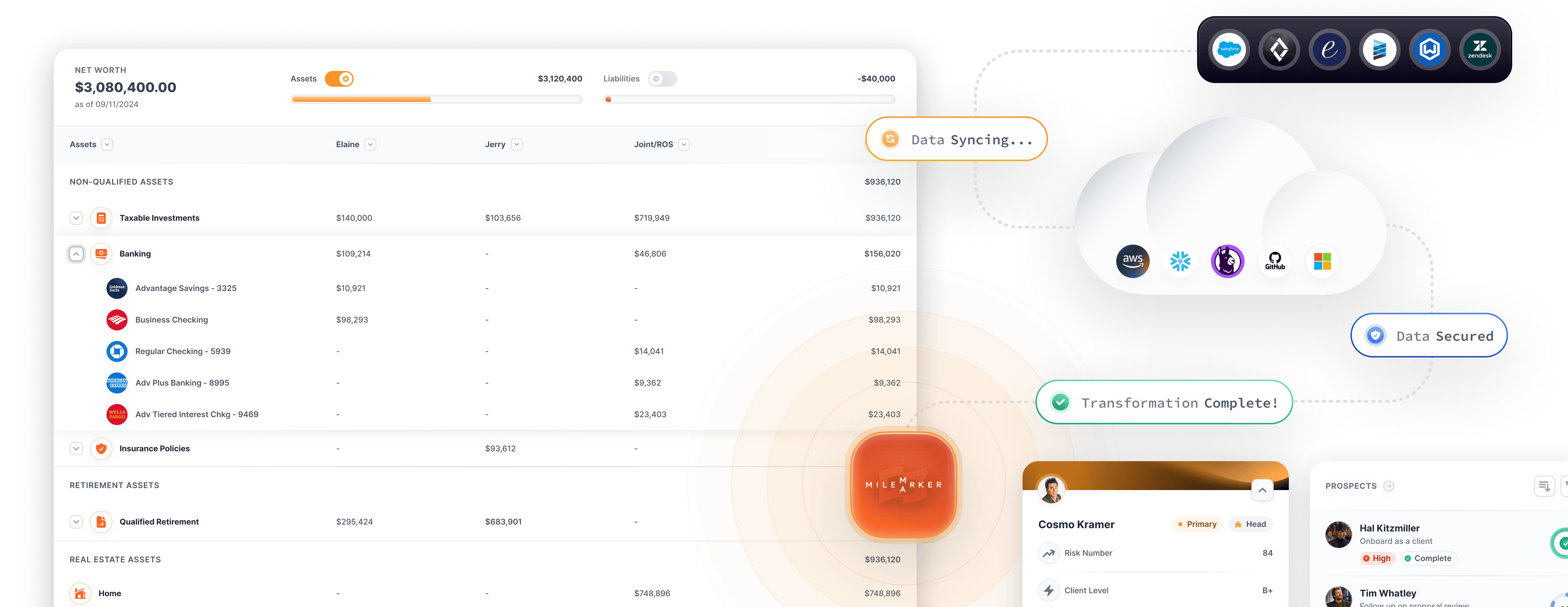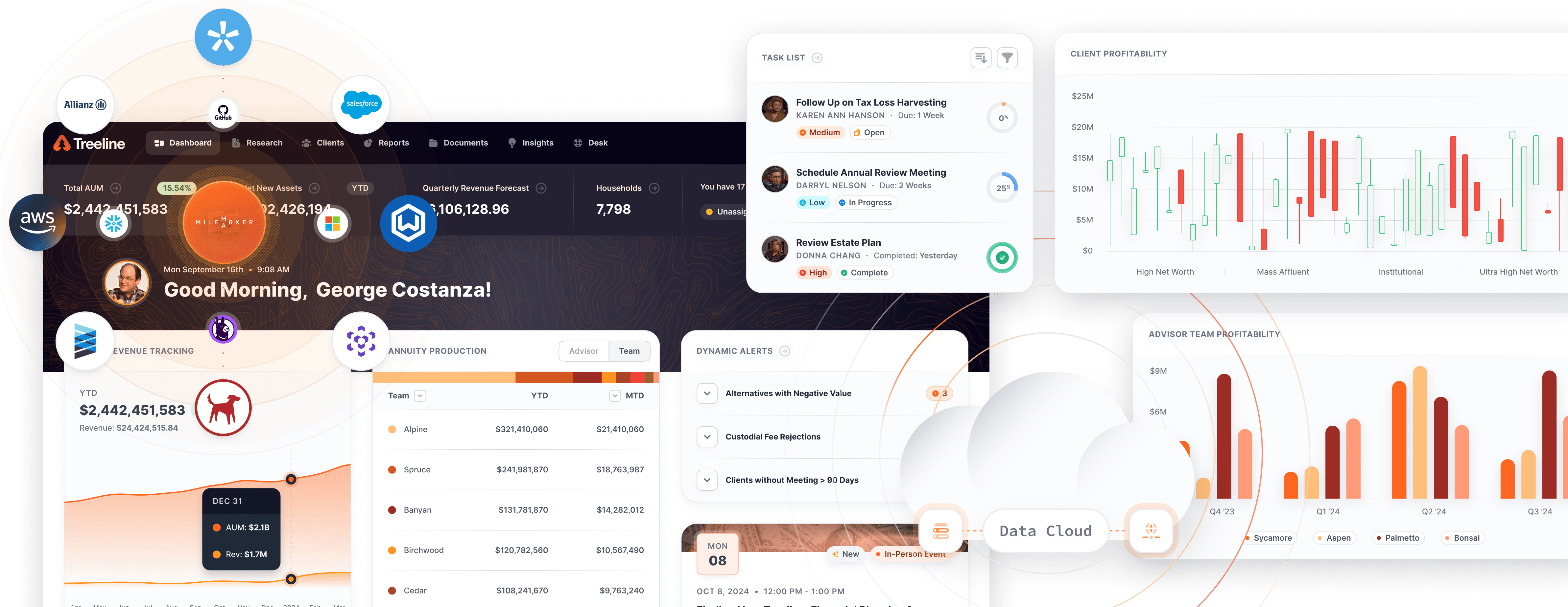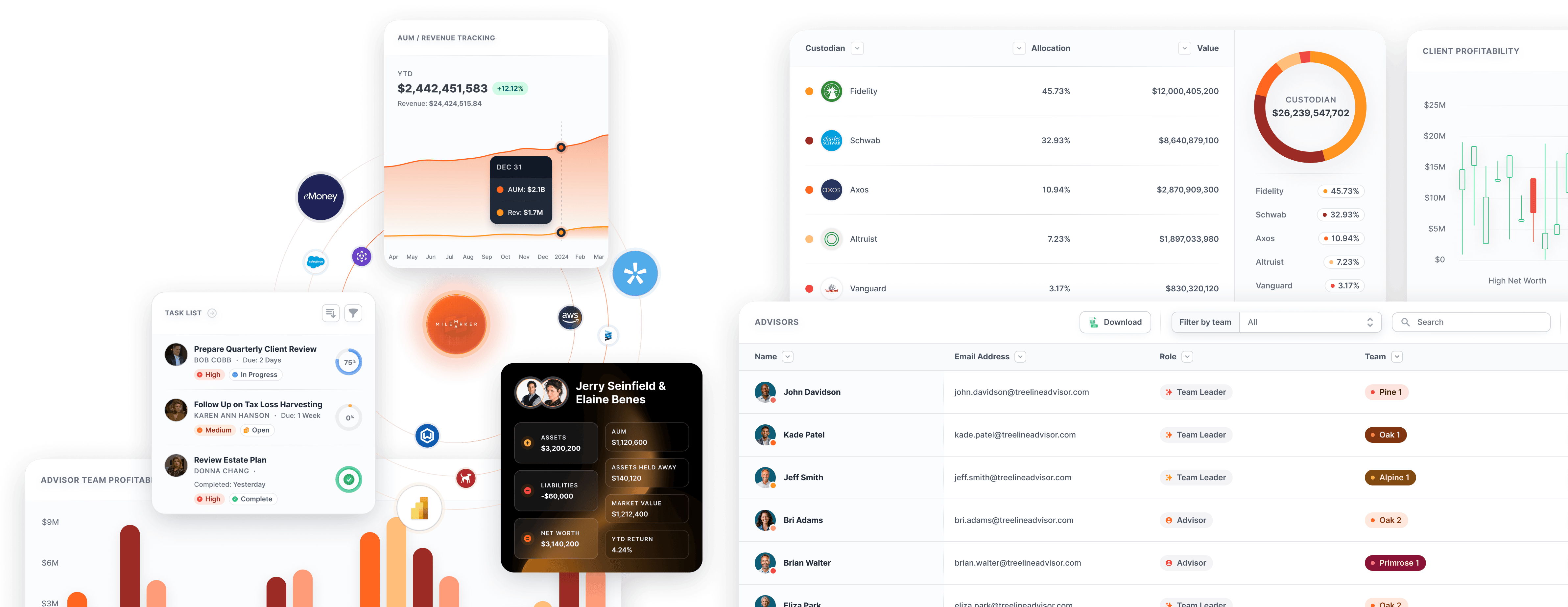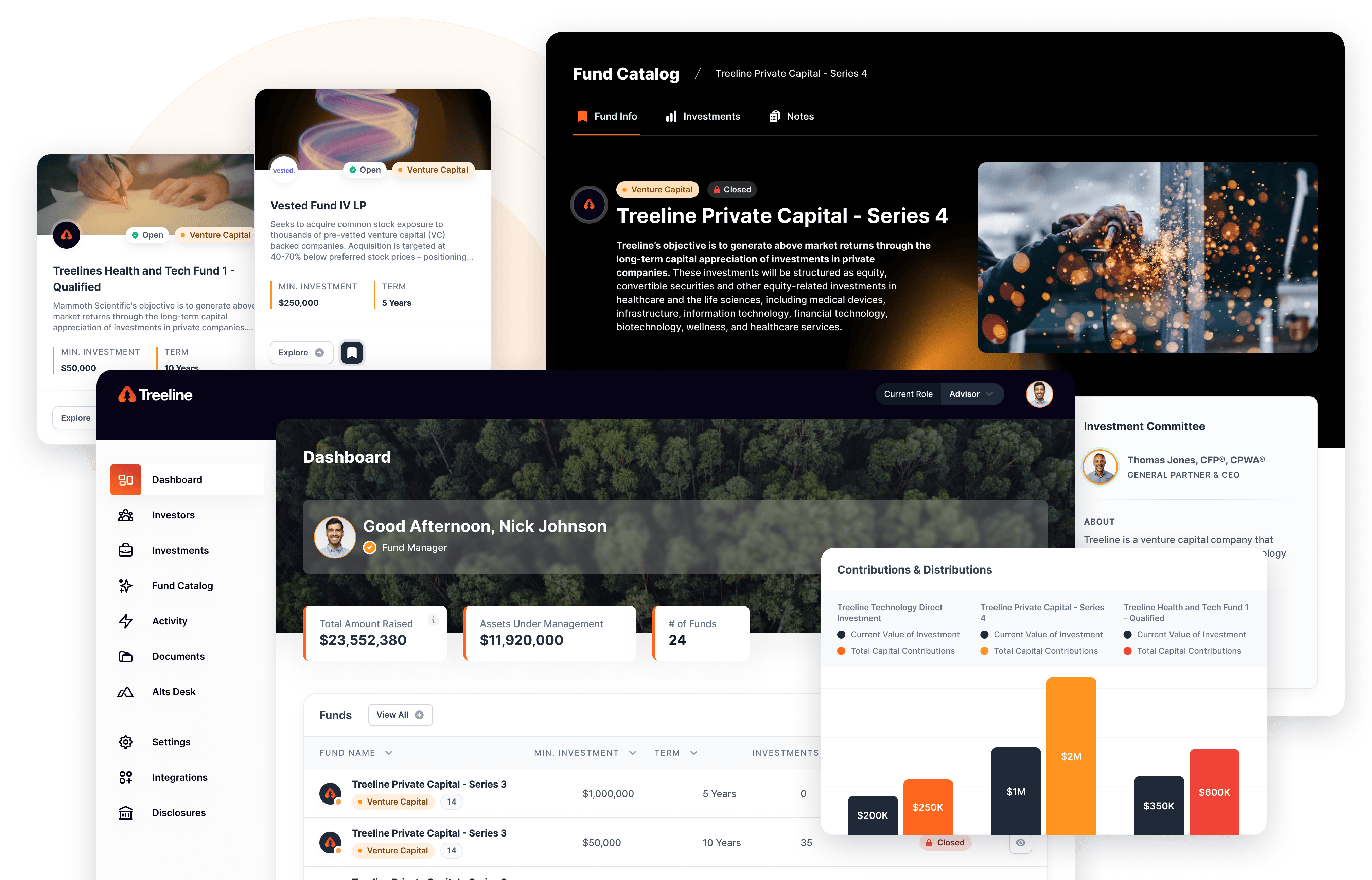AI often feels like magic, but at its core, it’s simple math: better inputs produce better outputs. For wealth management firms, the promise of AI only materializes when data is clean, centralized, and reliable. Without proper data hygiene, even the most advanced AI models will underperform, leading to errors, missed opportunities, and poor predictions.
Why Dirty Data Breaks AI
Messy, fragmented, or incomplete data directly impacts AI effectiveness. Models can only analyze the information they receive, and any gaps or inconsistencies skew results. As Kailash Duraiswami, CTO of Milemarker, explains, “The conclusions that the model can make are all subject to what data is presented to it.” When client data is scattered across multiple systems or mislabeled, AI outputs are inherently limited, leaving advisors with unreliable insights.
The Business Case for Data Hygiene
Investing in structured, clean data provides a tangible return on AI. It empowers advisors to make more informed decisions, unlocks predictive analytics capabilities, and multiplies the ROI of AI initiatives. In essence, the better the data you feed into AI, the smarter, faster, and more actionable the results become.
How to Prepare Data for AI Success
Firms should centralize all client data sources, standardize formats, labels, and integrations, and conduct regular audits to identify duplication or gaps. Validating data before feeding it into AI models ensures accuracy and reliability. While clean data may not seem glamorous, it forms the foundation for every meaningful AI insight and breakthrough in the future.
Owning, structuring, and maintaining your data isn’t optional—it’s the prerequisite for using AI effectively and gaining a competitive edge in wealth management.
These insights are inspired by the latest episode of the Next Mile podcast featuring Kailash Duraiswami, CTO at Milemarker.
👉 Listen to the full episode here and explore additional articles in this series.
















